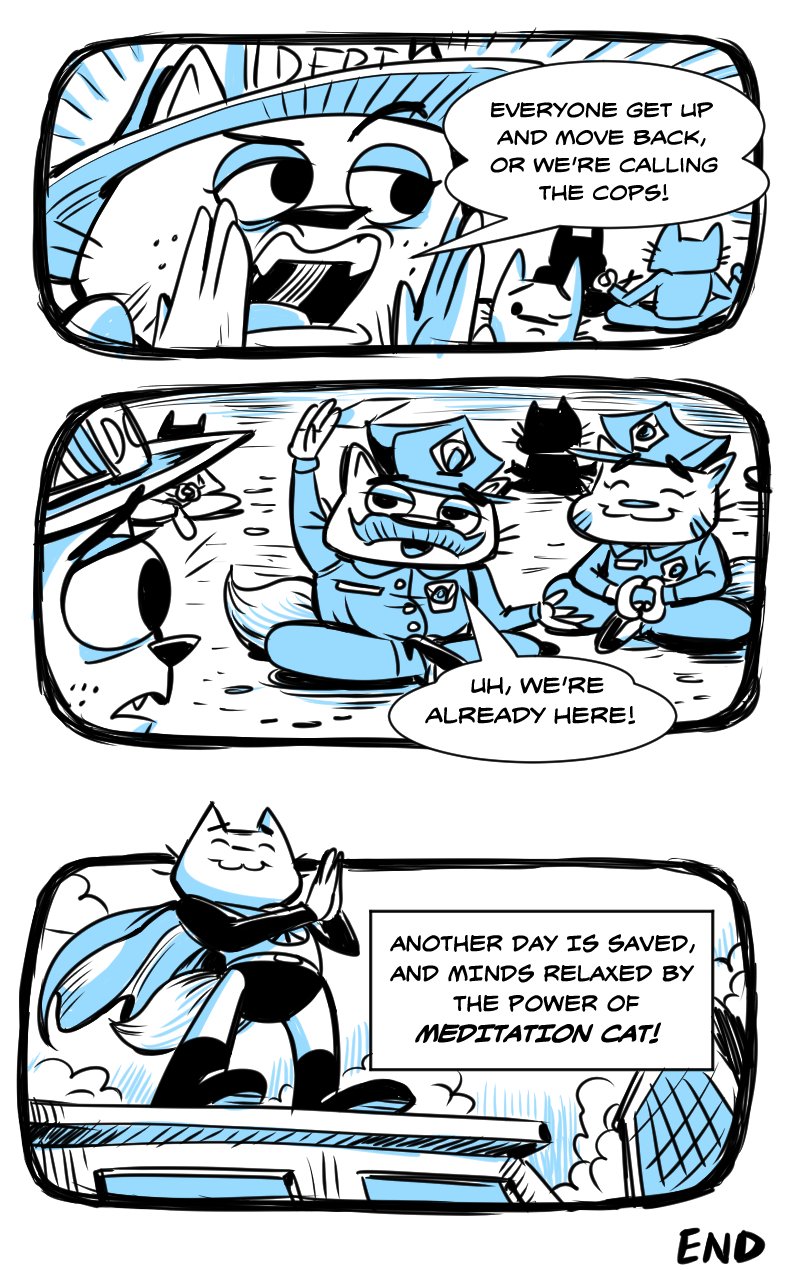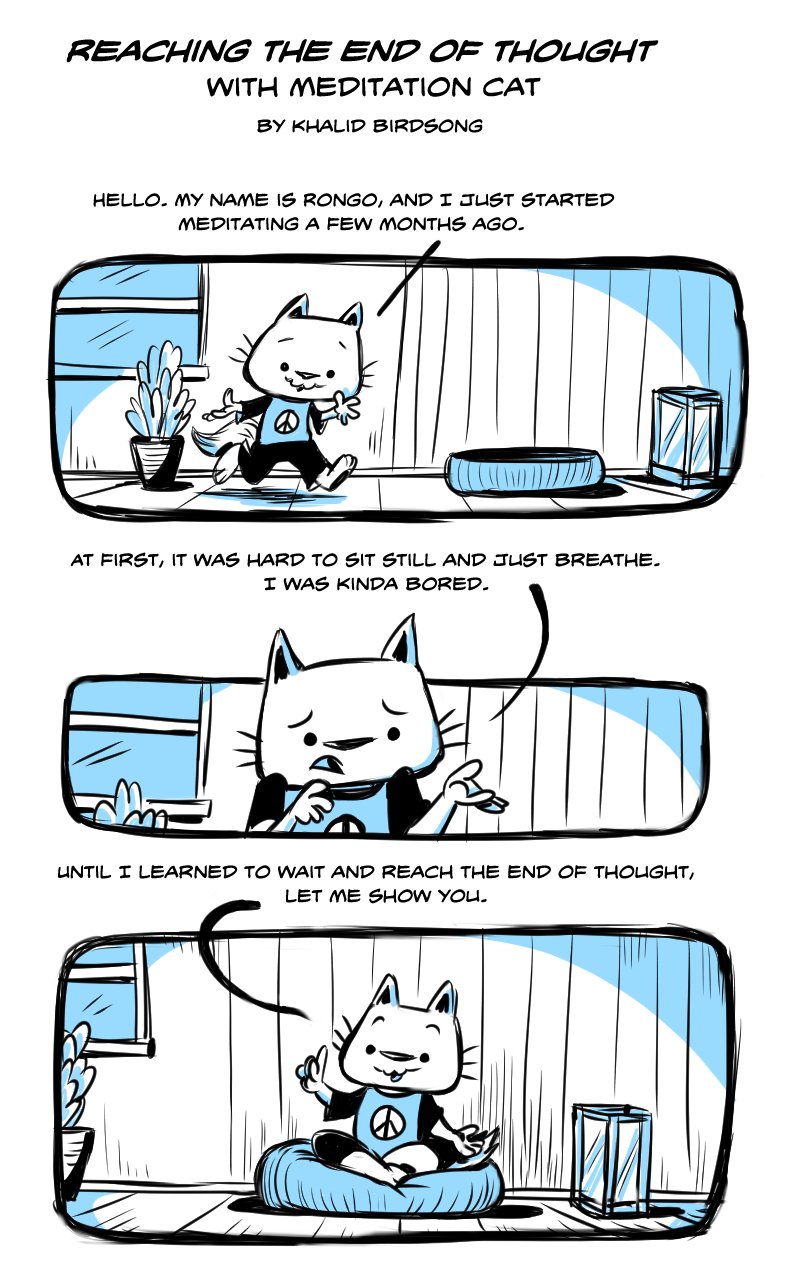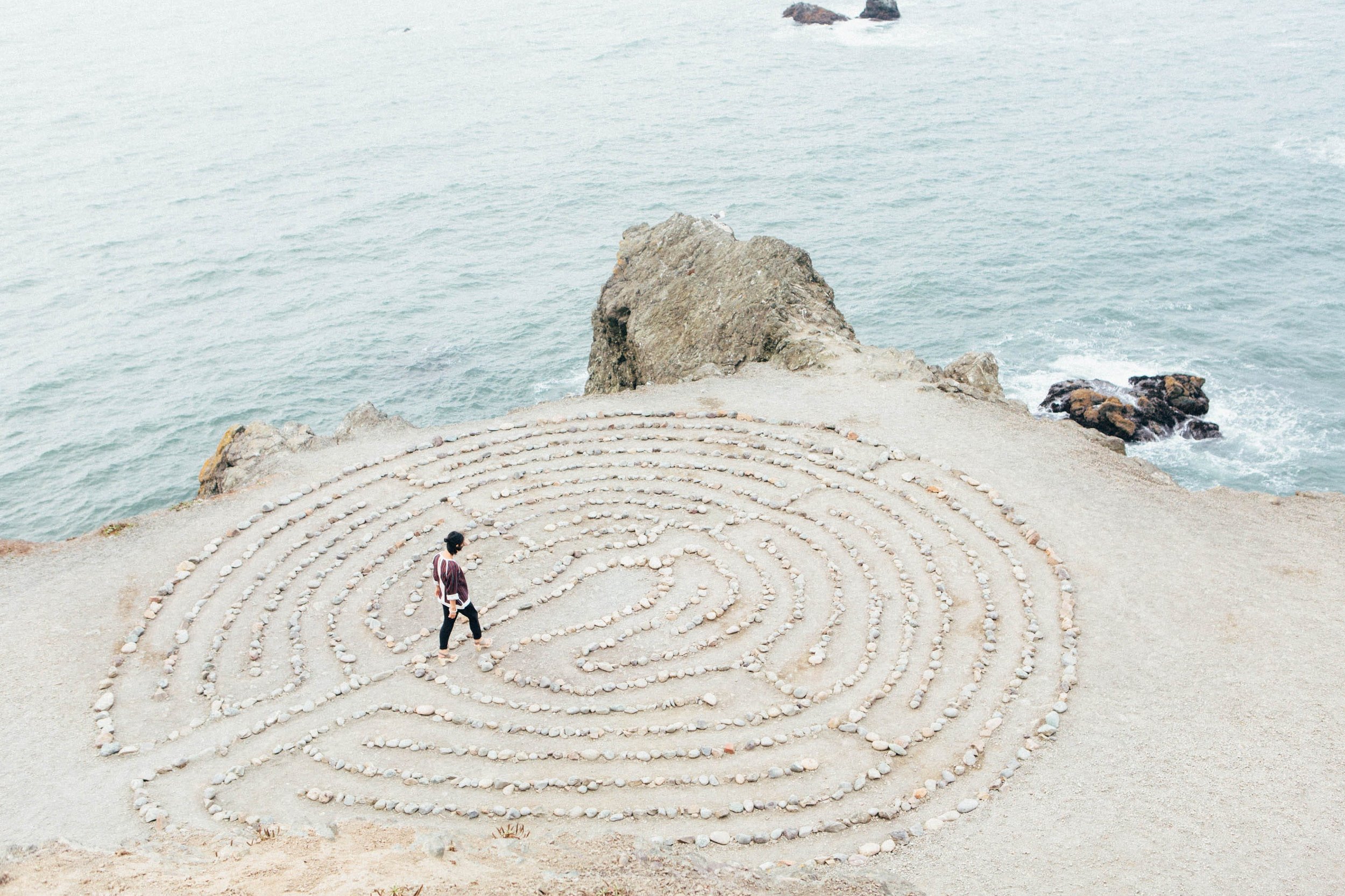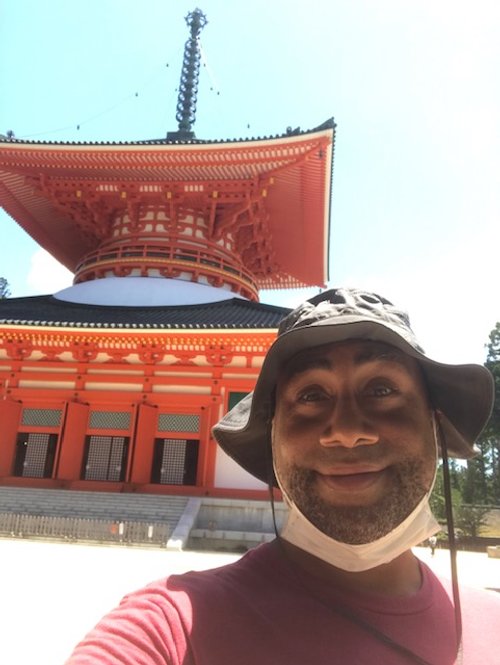Getting up in the morning feeling nervous or upset about everything waiting for you in the day ahead can feel overwhelming.
I’ve been meditating for over twenty-five years and have always looked for simple ways to think about the practice. So many people tell me they can’t figure out how to do it or get to a place where they notice the benefits of being mindful.
I watched a powerful video by Dr. K on YouTube, or Alok Kanojia, a psychiatrist and co-founder of the mental health coaching company Healthy Gamer that stuck with me.
In the middle of “Why Finding Purpose is SO HARD today,” he explains about the concept of reaching the “end of thought.” I had never heard this concept before, but when he shared about it, I could finally put into words how to succeed in explaining the benefits of meditation.
Let’s go through the steps he talked about to reach this enlightened place.
Pick a time for mindfulness and sit with yourself
You can meditate traditionally with your legs crossed, sit in a chair, or even lie on a bed. Start breathing in slowly and deeply, paying attention to the different parts of your body one at a time.
It doesn’t have to be only while you’re sitting and not moving.
If you want to be mindful while taking a walk or even drawing, it’s possible if you intend to make the time to connect with the real you and avoid distractions.
“Get away from external stimuli so you can hear your inner voice.”
-Dr. K
There are several phases of awareness that will move you through to reaching yourself.
Sit with your “wants”
Most of your thoughts will first be related to something that’s irritating you or about what you want right now that’s outside of yourself.
Something you’re told should matter.
Mainly stuff you want to do today or think you need to possess, eat, play, or earn to make your life happy—aka desires!
Make it through the boredom
After all of your desires filter through, you’ll feel like you’re left with nothing but sitting there.
Bored.
Many people who try meditation give up on this part. They think, “I can’t meditate. It’s too damn boring!” Or, they think they’re doing it wrong and should be receiving some sort of divine guidance or inner glow after a few minutes of sitting and breathing.
Remember, boredom is your brain trying to get a hit of dopamine or excitement so that it can have fun again. Don’t let it stop you. Let boredom sit there and be bored.
Stay with yourself and give the emptiness time to just be. Don't get up.
You’ll notice your thoughts moving quickly at first and then start slowing down.
Reach the end of thought
If you’re still sitting with yourself, you’ll reach a place where all the other thoughts cease, and as you keep breathing, you’ll meet your true self.
When this happens to me, I notice a feeling of calm, and I even say hello to the real me. The me that’s not manipulated by what the outside world says I should want or do.
It’s lovely.
How long it takes to reach the end of thought depends on how much is going on in your life and how often you meditate.
I find it takes me around ten minutes to get there.
Not as long as you might think, huh? The nice thing is that you want to stay for a while once you get to that place within yourself. It’s comforting to sit with who you are and be at peace.
I look forward to it every morning.
If an emotion comes up, you can feel it intensely and let it dissipate when it’s done showing itself to you. Your shoulders relax, and you become more aware of your body as a whole.
Discover your personal goals
With your quiet connection to yourself, you’ll start to hear only your internal goals speaking.
Anything that’s important to your overall fulfillment will come into your mind. The values that are important to who you are will be easier to notice and remember.
All the distractions are gone, so you can find out what it is you really need.
The hard part will be accepting what your true self is telling you.
Create a life based on your values
One of the greatest benefits of meditation is the ability to tap into yourself and see what you need in order to be fulfilled.
Not what your parents want you to be. Not what society says you should be.
What do you truly want and need to be doing during your time on this planet? You might be surprised at what you hear.
Meditation helps you become aligned with your personal life goals. Once you know them, you can do the things you need to pursue and reach them.
Anytime you get distracted by external messages, remember to sit with yourself and tune in through mindfulness. You can always find yourself with a little quiet and patience with the present moment.
Dr. K talks about how people are always looking for the reason why human beings are here. What’s the meaning of life?!
“The purpose of life is not in life, it’s in you.”
-Dr. K
It’s all inside of you. Stop looking for someone to tell you what your purpose is and find it in yourself. Then, decide to take the real you exactly where you need to go.
Try meditating again today — maybe after reading this article — and sit for a long enough time to find where your thoughts end and your true self begins.





















